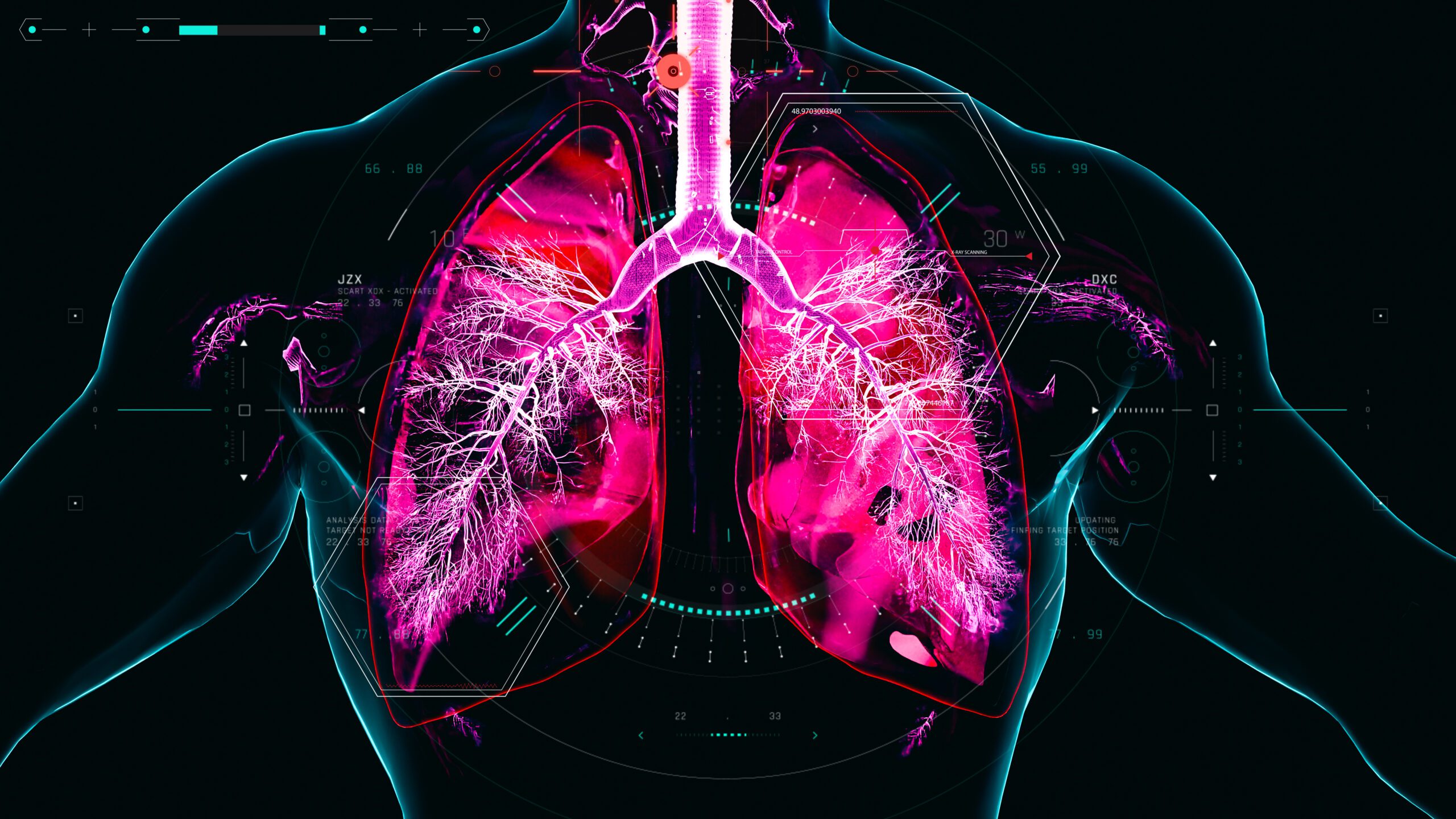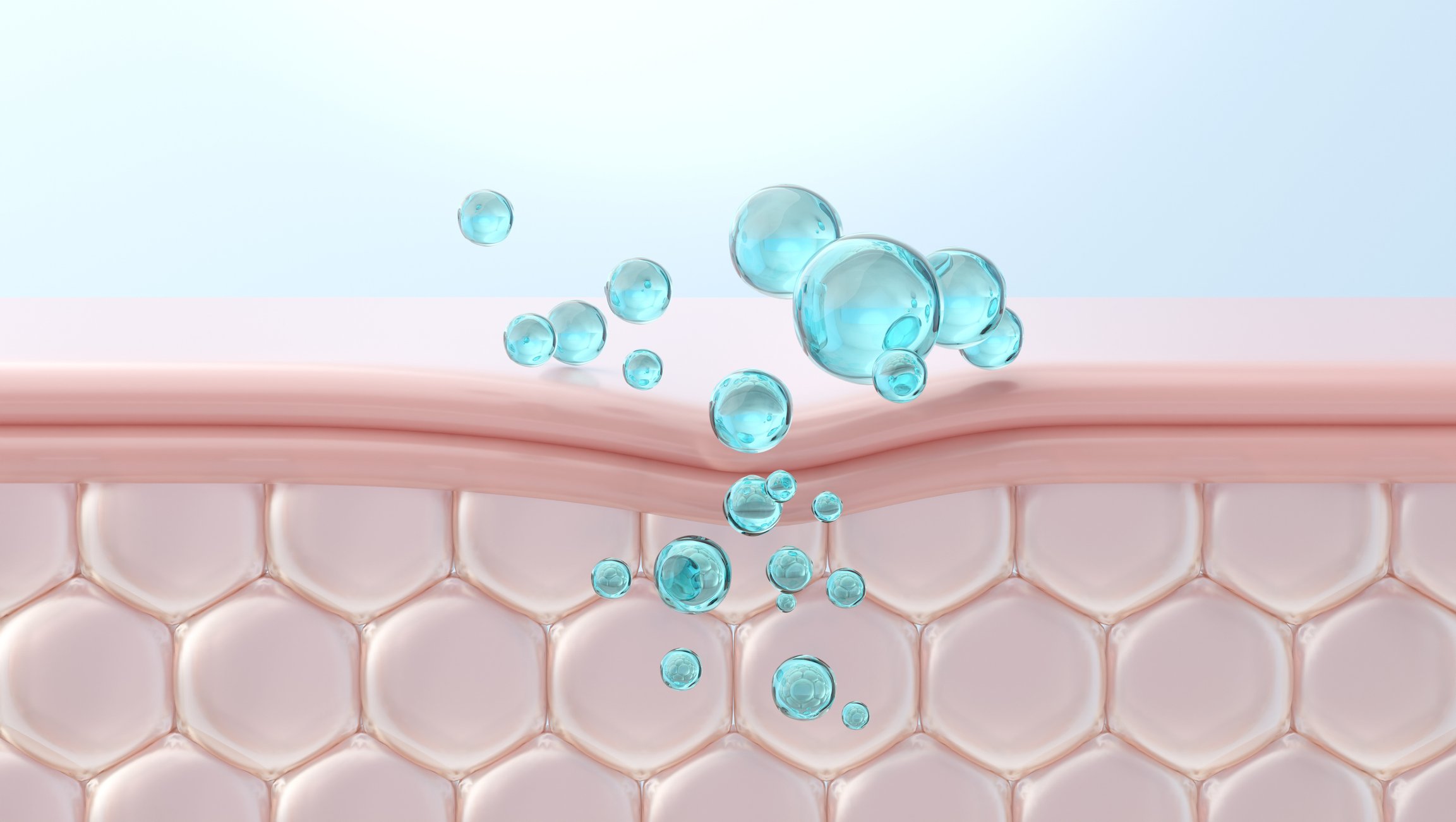At the 21st Symposium Medicine in the Manege at Circus Knie , the focus was on sexually transmitted diseases, which are a serious problem worldwide. There was discussion of what is new in the epidemiology development of HIV, how to respond to increasing resistance in gonorrhea, and where the difficulties lie in sexual history taking.
According to Prof. Dr. med. Pietro Vernazza of the Cantonal Hospital St. Gallen, what must never be forgotten in the event of a diagnosis of a sexually transmitted disease (“STD”) is an HIV test, the reporting system and partner information. The sexual anamnesis is fundamentally difficult and can therefore only be successful with an open, non-judgmental attitude on the part of the attending physician or, above all, with questions that signal openness.
STDs at a glance
Syphilis: First, Prof. Vernazza gave some epidemiological data on syphilis: “Confirmed syphilis cases have been increasing strongly among Swiss men since 2009, especially among MSM (“men having sex with men”). Only in the last two years has there been a slight decrease or a flattening of the trend in this population. During the same period, the prevalence among women was significantly lower and largely stagnated.” Transmission occurs predominantly via oral sex.
HIV: “HIV still affects many more MSM than heterosexual men,” explained Prof. Vernazza. “However, fresh HIV infections are currently declining in Switzerland in both groups. It’s possible that prevention efforts are already bearing fruit here.”
Gonorrhea: Confirmed gonorrhea cases have been increasing rapidly in both men and women over the past five years, with heterosexual men in particular representing a risk population. The route of infection is through oral sex. Gonorrhea is often asymptomatic in women.
“Therapy without diagnostics is not recommended, but it is frequently carried out. This is a problem because the resistance situation is worsening ominously. Sensitivity to cefixime is steadily decreasing. A real alarm must be sounded at the increasingly observed resistance to ceftriaxone. The guidelines therefore newly advise 500 mg ceftriaxone combined with 1g azithromycin (both in a single dose),” said Prof. Vernazza. Diagnosis by smear/primal urine (PCR) in the male and by self-performed vaginal swab in the female is recommended whenever possible (especially since it has become very simple).
Chlamydia: “Chlamydia is one of the endemic STDs in Switzerland. The prevalence is increasing. Women are diagnosed more frequently than men. In most cases, chlamydia is only symptomatic in the female sex (e.g. fertility problems),” concludes Prof. Vernazza.
Source: 21st Symposium Medicine in the Manege, June 5, 2014, Zurich
CONGRESS SPECIAL 2014; 5(2): 47-48












